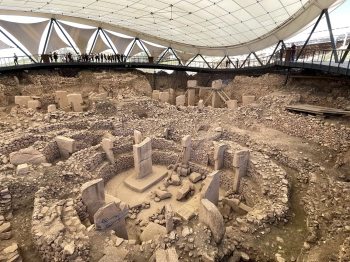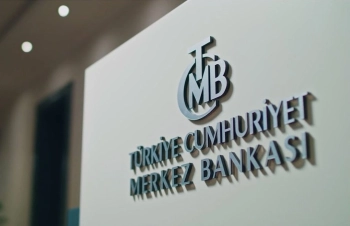What if nearly half of Istanbul's residential buildings could collapse in a major earthquake? Why are millions of people still living in these dangerous structures? How can this crisis be addressed before disaster strikes? These are the urgent questions facing Turkey's largest city, where an estimated 4 million homes are classified as high-risk for earthquake damage.
The Shocking Scale of Istanbul's At-Risk Housing
Recent studies reveal that approximately 4 million housing units in Istanbul are vulnerable to earthquake damage. This staggering number represents nearly 40% of all residential buildings in the metropolitan area. The risk stems from several factors including aging infrastructure, poor construction standards, and buildings erected before modern seismic codes were implemented.
A real-world example is the 1999 Izmit earthquake, which caused catastrophic damage to similarly constructed buildings and claimed over 17,000 lives. Many experts warn that Istanbul faces an even greater risk due to its larger population density and the overdue nature of the expected "big one" along the North Anatolian Fault.
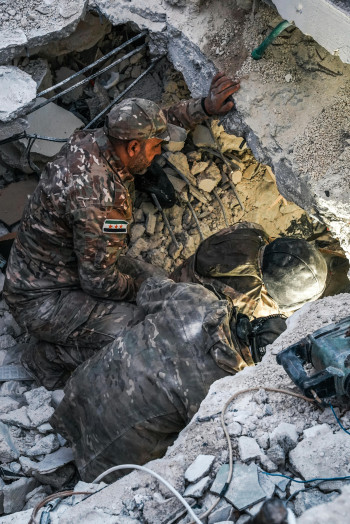
Why Istanbul's Buildings Are So Vulnerable
The primary reasons for Istanbul's vulnerable housing stock include:
- Pre-1999 construction: Most at-risk buildings were built before modern earthquake regulations
- Rapid urbanization: The city's explosive growth led to cutting corners in construction
- Soft-story buildings: Common ground-floor commercial spaces with weak structural support
- Concrete quality issues: Many buildings used substandard materials to cut costs
A practical example is the Zeytinburnu district, where over 60% of buildings are classified as high-risk. Many structures here were hastily built during migration waves in the 1980s-90s without proper engineering oversight.
The Human Cost of Inaction
Beyond the physical structures, this crisis threatens millions of lives. Istanbul's population of 15 million includes many low-income residents who cannot afford to move or renovate their homes. The potential human toll in a major earthquake is unimaginable - some estimates suggest casualties could exceed 100,000 if the quake hits during nighttime hours.
Consider the case of a family living in a 40-year-old apartment in Fatih district. They know their building is unsafe but have no financial means to relocate. Their story is repeated across hundreds of thousands of households throughout the city.
Current Government Initiatives and Challenges
The Turkish government has launched several programs to address this crisis:
- Urban transformation projects: Redevelopment of high-risk areas
- Financial incentives: Subsidies for building reinforcement or reconstruction
- New regulations: Stricter enforcement of construction codes
However, implementation faces significant hurdles including funding shortages, bureaucratic delays, and resistance from residents reluctant to leave their homes. The Kartal transformation project serves as both an example of progress and challenges - while hundreds of new earthquake-resistant buildings have been constructed, the pace remains too slow given the scale of the problem.
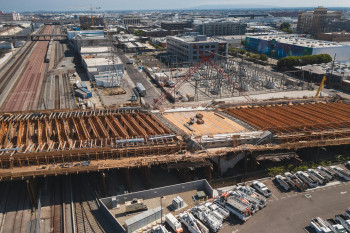
What Homeowners and Renters Can Do
While systemic solutions are needed, individuals can take important steps:
- Get a professional risk assessment: Engineers can evaluate a building's vulnerability
- Know evacuation routes: Identify safe areas and practice drills
- Support community organizations: Neighborhood groups can advocate for safer buildings
- Consider earthquake insurance: While not preventing damage, it can help with recovery
In the Avcılar district, a community initiative successfully pressured local authorities to prioritize their neighborhood for urban transformation after residents collectively documented their buildings' risks.
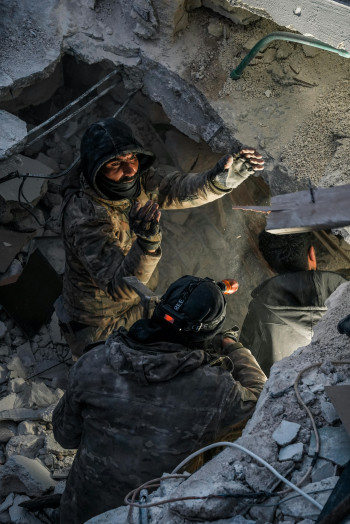
The Road Ahead: Solutions and Innovations
Addressing Istanbul's housing crisis will require:
- Massive investment: Estimates suggest $50-100 billion is needed
- Innovative engineering: New retrofitting techniques for existing buildings
- Public-private partnerships: To accelerate transformation projects
- Community engagement: Ensuring residents are part of the solution
Technologies like AI-powered risk assessment tools and modular construction methods offer hope for faster, more cost-effective solutions. The recently completed Ataköy Towers project demonstrates how modern earthquake-resistant design can be implemented at scale.



